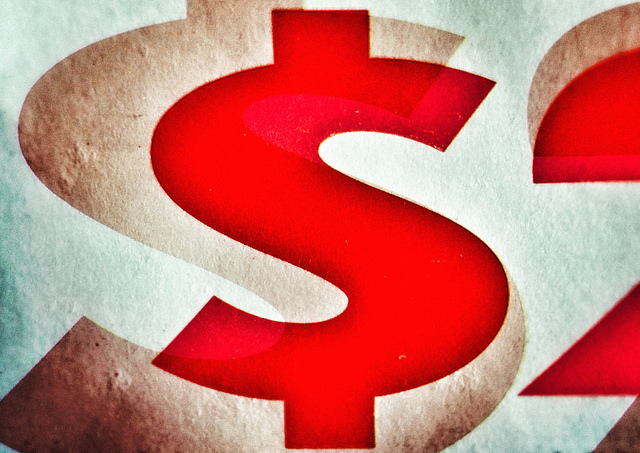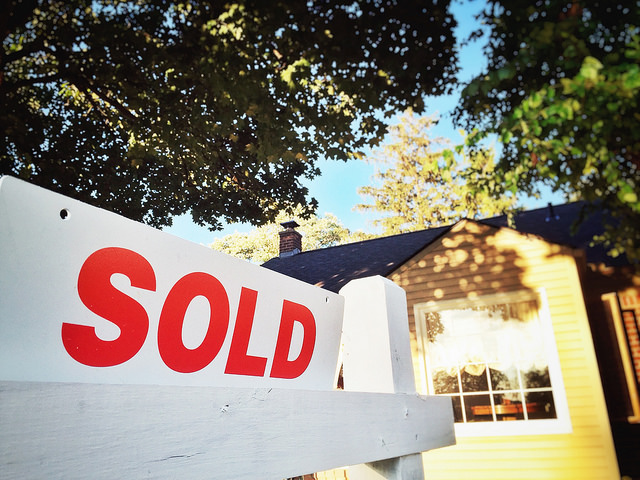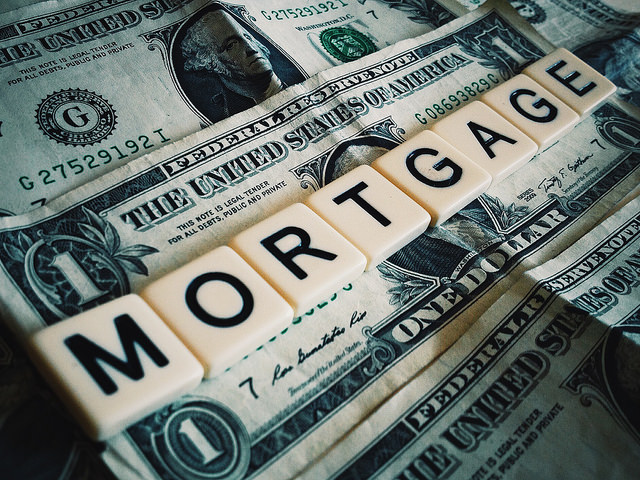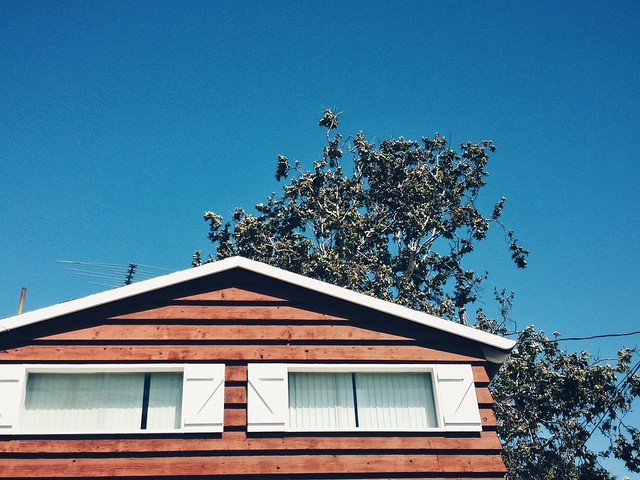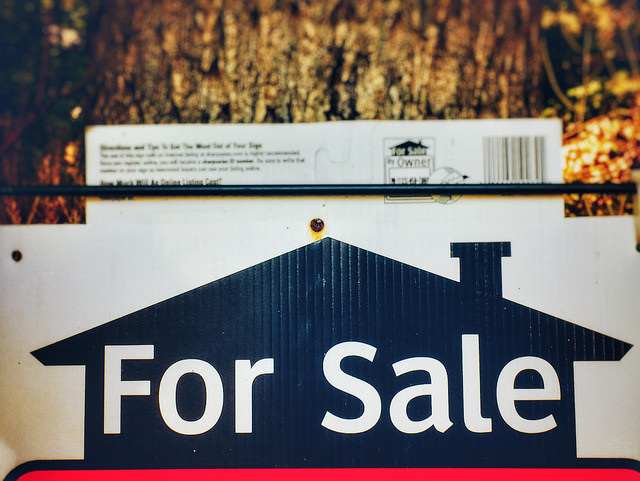The National Association of Realtors’ Pending Home Sales Index tracks the number of contracts to buy homes signed each month. Because it measures contract signings, and not closings, it’s a good predictor of future home sales numbers. In June, the index saw a 16.6 percent improvement. It is now 6.3 percent higher than last year at the same time. Lawrence Yun, NAR’s chief economist, says the gains are surprising. “It is quite surprising and remarkable that, in the midst of a global pandemic, contract activity for home purchases is higher compared to one year ago,†Yun said. “Consumers are taking advantage of record-low mortgage rates resulting from the Federal Reserve’s maximum liquidity monetary policy.†All four regional indices saw double-digit, month-over-month increases, with the Northeast leading all others with a 54.4 percent surge. Also in the report, the NAR has revised their 2020 forecast due to the strength of the housing market’s recent rebound. They now see home sales falling just 3 percent this year.





